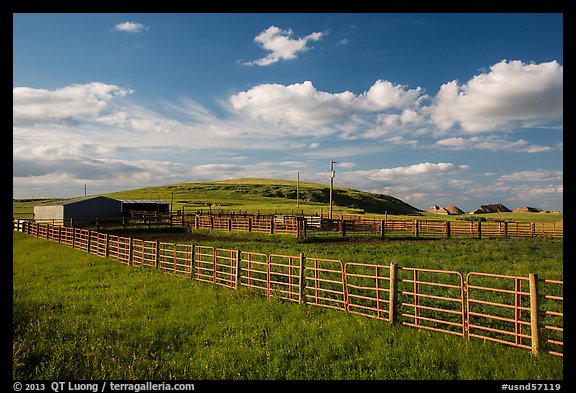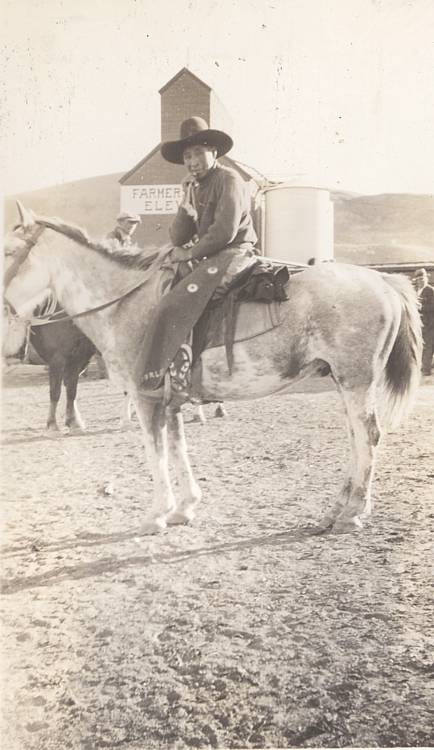

Potential improvements occur in pasture productivity through better nutrient cycling in the system.Producers see a winter feeding cost reduction through savings in machinery use, manure handling and fuel.Photo courtesy of Jason Wirtz, North Dakota Livestock Pollution Prevention Program coordinator Advantages Depending on snow accumulation, a moveable electric fence system can be utilized for consistent grazing across a pasture.įigure 3. Additionally, it can reduce feed waste (Berger and Volesky, 2006). Allowing limited access and moving cattle frequently is important for uniform manure distribution. Forage stockpiling practices include bale grazing, swath and windrowed forage grazing, grazing late-summer-planted cover crops or rested pastures, and utilizing postharvest crop residues.Įxtending late-season grazing can distribute manure across a larger area and allow cattle to be maintained on vegetative growth (Figure 3). Grazing periods can be extended by several months through stockpiling and managing forage for late-season use. Producers have an added economic investment.Producers wintering cattle somewhere other than their home place realize labor savings.Producers have flexibility and freedom.Many permitted feedlots throughout North Dakota custom feed cattle. For more information on drylots, consult NDSU Extension publication NM1155, “Beef Feeding Operation Siting and Design Basics.” Alternative Winter Feeding Strategies Custom FeedingĬustom livestock feeding gives the producer the flexibility and freedom of wintering his or her cattle somewhere other than his or her home place. Containment pond effluent levels are reduced through evaporation or land application as fertilizer. Photo courtesy of Mary Keena.Ī containment pond is constructed at the base of the lot slope.
#Cattle range north dakota plus
Ponds are designed to hold water for a period of 270 days plus a 24-hour, 25-year rain event, while allowing at least an additional foot of freeboard. Photo courtesy of the Carrington Research Extension Center.įigure 2. Manure is collected from the pen surface and spread on fields as fertilizer. Lots are usually dirt surfaces that are shaped and sloped to engineering specifications to allow proper drainage and collection of runoff.įigure 1. Drylots are AFOs with total containment of runoff and manure (Figure 1). Additionally, the cost from the buildup of manure and bedding can be mitigated by utilizing practices that limit confinement.įirst, we will define an animal feeding operation (AFO). Wintering sites selected and managed to maintain consistent vegetative cover will minimize the environmental risk of runoff and seepage when compared with bare ground. Properly managed wintering sites allow beef producers to be proactive in addressing potential future regulations. Additionally, changes in regulatory guidelines may precipitate a need for changes to traditional winter cattle management practices. Nitrogen in manure can pollute ground waters through leaching. Manure nutrients, such as phosphorus, can reach surface water through runoff and cause oxygen-limiting algae blooms. Improperly managed confined-animal facilities pose a pollution risk to surface and ground water. Concentrated wintering sites, while providing for quick access and care of animals, may increase environmental concerns. The size of beef herds has increased through time, while winter feeding areas typically have remained the same size. Harsh winter weather conditions in North Dakota often require the confinement of cattle in smaller, sheltered areas.

Cows bale grazing in Kidder County, North Dakota.


 0 kommentar(er)
0 kommentar(er)
